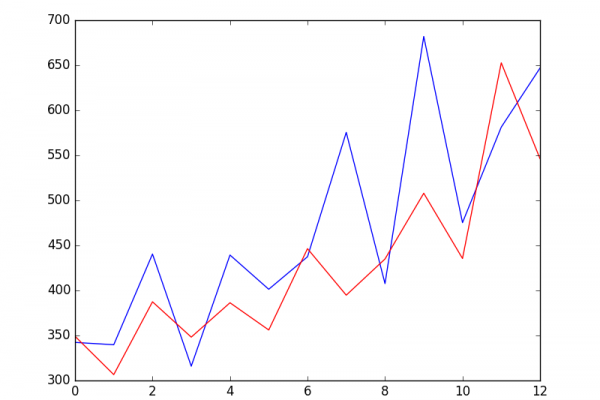How to Create an ARIMA Model for Time Series Forecasting in Python

Last Updated on August 19, 2020
A popular and widely used statistical method for time series forecasting is the ARIMA model.
ARIMA is an acronym that stands for AutoRegressive Integrated Moving Average. It is a class of model that captures a suite of different standard temporal structures in time series data.
In this tutorial, you will discover how to develop an ARIMA model for time series forecasting in Python.
After completing this tutorial, you will know:
- About the ARIMA model the parameters used and assumptions made by the model.
- How to fit an ARIMA model to data and use it to make forecasts.
- How to configure the ARIMA model on your time series problem.
Kick-start your project with my new book Time Series Forecasting With Python, including step-by-step tutorials and the Python source code files for all examples.
Let’s get started.
- Updated Apr/2019: Updated the link to dataset.
- Updated Sept/2019: Updated examples to use latest API.
Autoregressive Integrated Moving Average Model
An ARIMA model is a class of statistical models for analyzing and forecasting time series data.
It explicitly caters to a suite of standard structures in time series data, and as such provides a simple
To finish reading, please visit source site